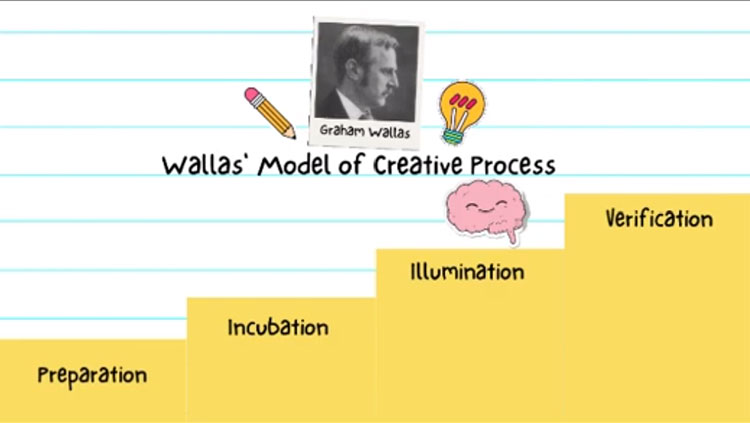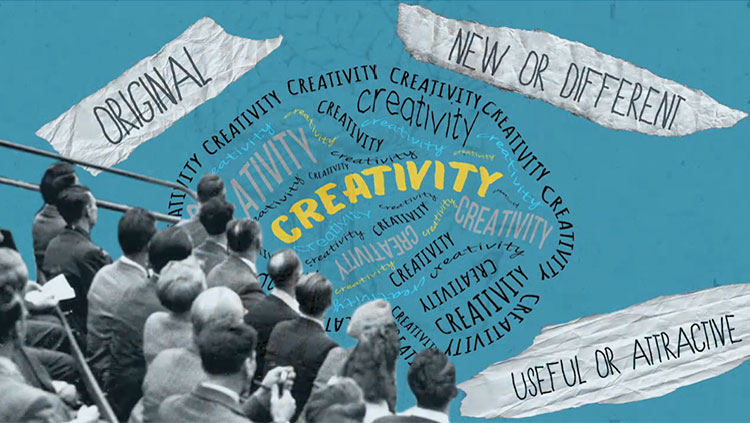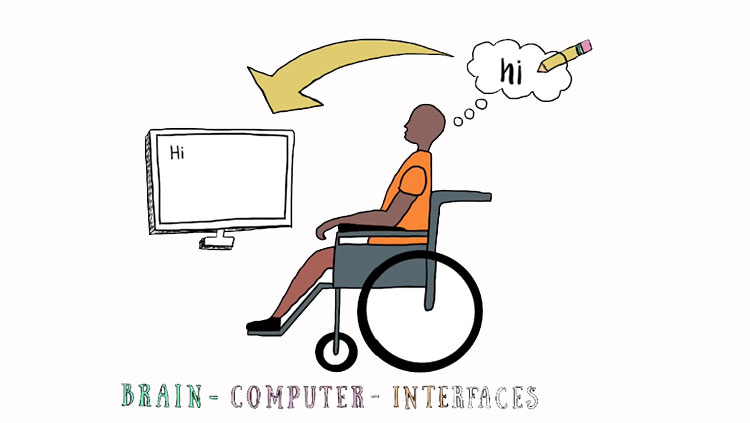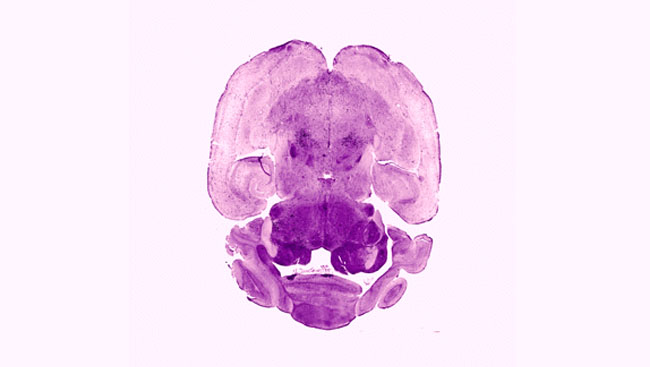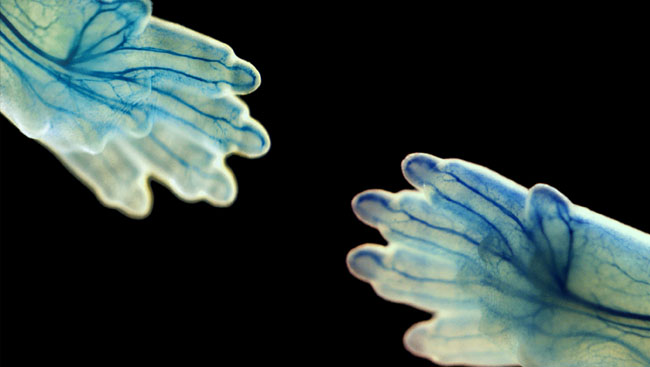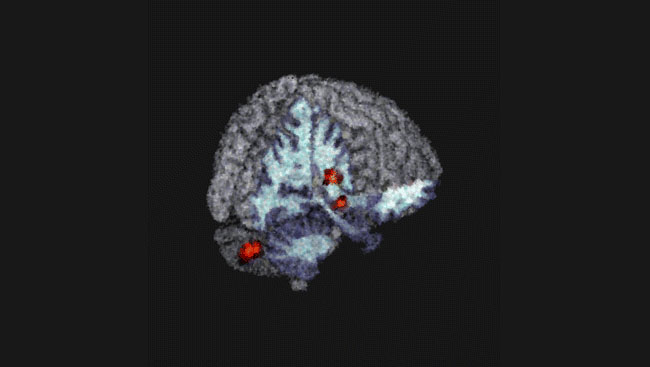Following a car accident, a heart attack, or any other life-threatening event, there have been many instances documented where people that were near death, experienced something vivid, something that to them was real. Something that not only felt real, but for some, maybe even changed their lives. This might have been an interaction with deceased family members, a god they believe in, or something else. And while some doctors believe that these experiences are nothing more than hallucinations caused by an explosion of chemicals being released into the dying brain, is this something that science can attempt to explain? Or, is this simply a realm that science will never be able to access?
Karl Popper is one of the greatest philosophers of science of all time and had a huge impact on the entire way we do things in science. He proposed a concept that we use today in modern hypothesis testing: falsification. The basis of this concept is that it is far easier to propose a statement and disprove it, than it is to propose a statement and try and prove that statement true. For example, take the statement, “The empirical formula of water is 4 hydrogen molecules to 1 oxygen molecule.” I’m sure most of us can realize in reading this statement that there is a very large body of evidence proving that statement false. There are important discussions that could consume an entire article of why we don’t go about proving something true philosophically but what is important to note is that the above statement about water is testable. There is a dearth of physical and chemical data strongly suggesting my statement about water is false. We know that it is false because we are able to run an experiment and disprove it. So when someone suggests to a scientist a metaphysical explanation for the experiences that occur when we are near-death, it might be difficult for us to accept that since we are unable to approach this with our wonderful tool that Karl Popper gave us. By no means does it make the metaphysical explanation untrue because it is not testable, it just means that as a scientist we cannot fundamentally rule this out without running an experiment to disprove a metaphysical explanation.
And, in the recent paper by Borjigin et al. (2013) in the Proceedings of the National Academy of Sciences, “Surge of neurophysiological coherence and connectivity in the dying brain,” I think the authors are doing exactly what I am talking about. They are not trying to reject metaphysical explanation for what the authors describe as ‘realer-than-real’ experiences that people perceive during near-death experiences, they are simply using their scientific toolbox to approach an explanation and see if there is a neurophysiological basis for these experiences. So how did they tackle this question using hypothesis testing? Data from electroencephalography recordings suggest that the ‘awake’ state or waking consciousness is associated with activity recorded in the gamma range, or frequencies above 25 Hz. Further, this gamma activity is synchronized over widespread brain circuits during conscious perception. Before I get into some of their data, just with this limited information about the electroencephalographic signals associated with consciousness one might suspect that if gamma signals are responsible for or are correlated with consciousness, there might be some observed increase in the strength of these signals during a state of heightened perception or hyperconsciousness.
Conversely, in states known to suppress consciousness (e.g. anesthesia) one might also expect the strength of gamma signals to decrease or be undetectable. Another way to say this in hypothesis form is: “An increase in the power of gamma frequencies will be observed on an electroencephalogram during a near-death experience.” There are numerous critiques to this hypothesis and they are all important. For example, investigating conscious states in animals (specifically: rats as is the case with this study) is going to upset some people that argue whether or not certain species even display consciousness. And while this is certainly a valid point to consider, investigating the electroencephalographic signals associated with consciousness in humans is a great experimental place to start. This statement is also testable/falsifiable! Indeed, the authors found that rats experiencing cardiac arrest (CA) displayed an increase in the absolute power for high gamma frequencies as you can see in Figure 2A below:
But, what does this mean? Does this mean that these rats perceived something ‘realer-than-real’ during cardiac arrest? Did they see a land filled with peanut butter and cheese? A place where they ruled New York City? As much as I would love it if rats could communicate their experiences to me, rats don’t talk back. What the data might suggest is that the brain of these rats that underwent cardiac arrest are highly active and much more so that the electroencephalographic recordings associated with ‘normal’ states of consciousness. What I always find fascinating is how conserved these processes or phenomena are across species. In fact, the authors cite reports of patients having undergone cardiac arrest that also displayed spikes in electroencephalographic activity. Beginning to explore the functional basis for these experiences and consciousness are underway more now than ever as our diverse technical skillset in neuroscience is exploding and giving us the opportunity to investigate scientific questions about consciousness and other features of nature that previously we might have thought unapproachable by science.
CONTENT PROVIDED BY
BrainFacts/SfN
Also In Thinking & Awareness
Trending
Popular articles on BrainFacts.org



